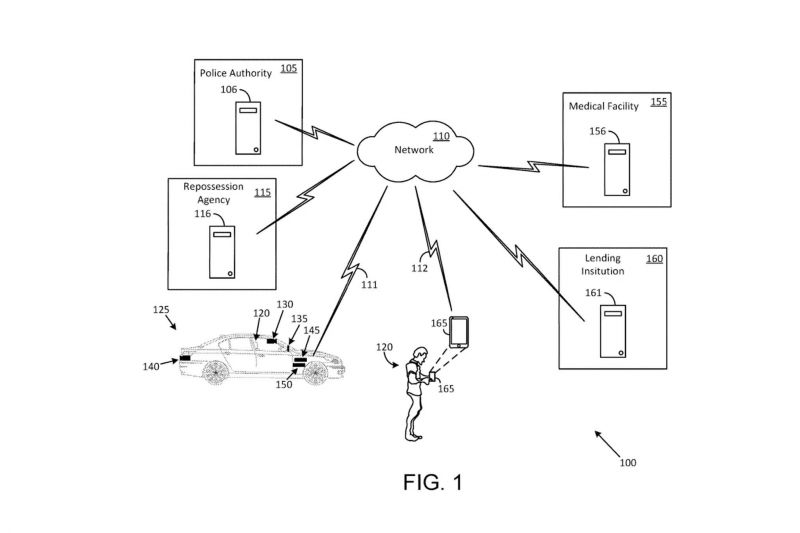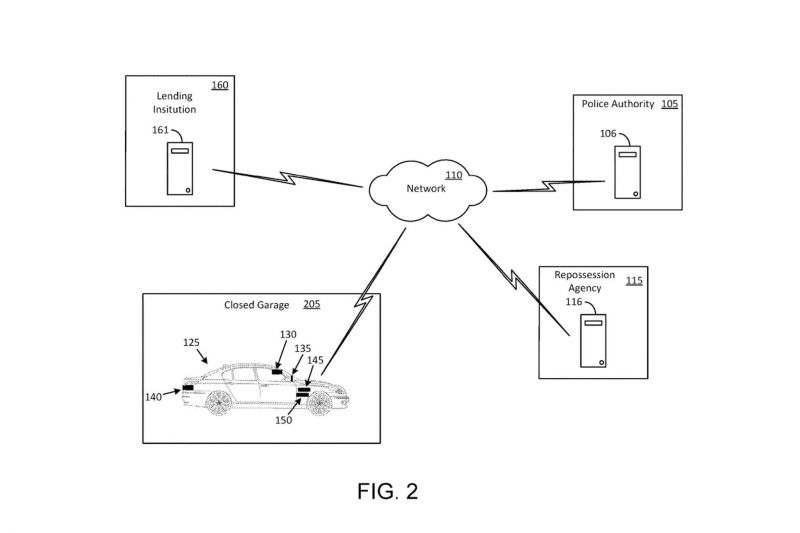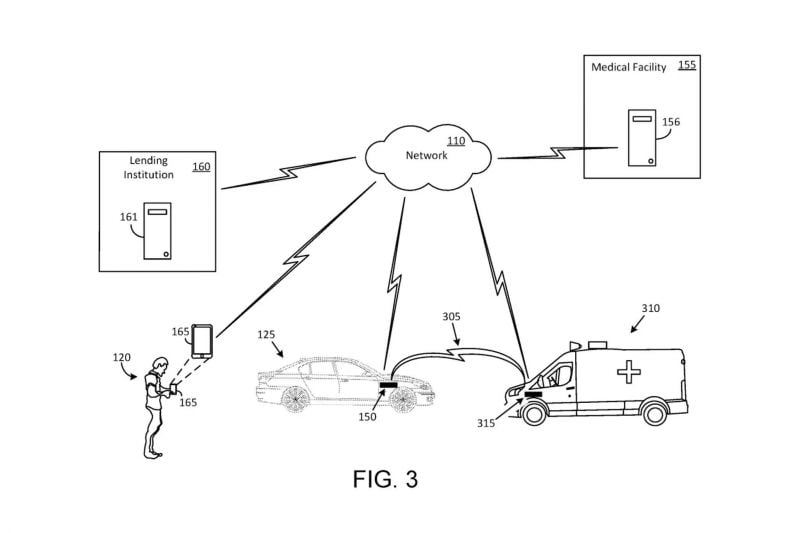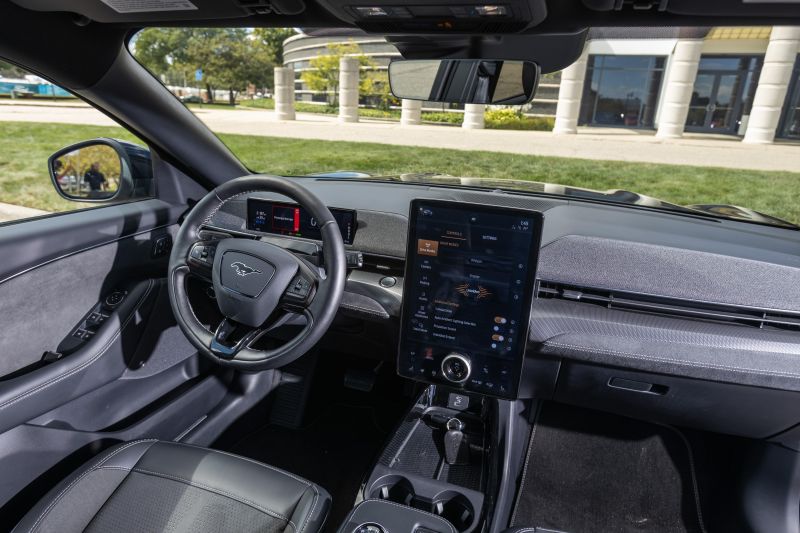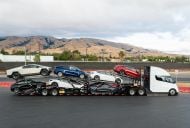Ford has filed a patent in the US outlining a process whereby vehicles could self-repossess themselves if their owners don’t make repayments on time.
The patent, filed with the United States Patent and Trademark Office and first discovered by The Drive, gives several examples of how an onboard computer can disable various components across multiple stages and then drive to a repo lot or junkyard.
Ford says in the patent that, should the process be introduced, it could feature in any of the carmaker’s lineup.
The software could be available with over-the-air updates as it does not require any additional hardware to be installed on the vehicle.
In the most dramatic example provided in the patent, Ford outlines how a vehicle could move “from a first spot to a second spot that is more convenient for a tow truck to tow the vehicle,” provided there are no obstacles in its way.
Before the vehicle is “self-repossessed”, the system can remotely limit or remove features like the air-conditioning and lock and unlock capabilities.
Should there still be no action taken by the owner, additional limitations to functions like cruise control and window controls can be applied before the final stage where the system can limit the engine, doors, the accelerator or steering wheel.
The system works by communicating with up to four computers which include the databases from the repossession agency, lending institution, police authority and the owner via what appears to be a mobile app.
Customers who miss a repayment are first reminded and given an opportunity to make a payment including any fees accumulated before escalating the process.
Should a repayment or communication with the lending institution not be made, the system will then send a subsequent notification to the customer after a short period of time – about a week – with the patent noting that “repossession proceedings will be initiated if the recipient fails to acknowledge receipt.”
At this point the computer may wait up to another week before communicating with the computer system to start the repossession procedures in accordance with the customer’s signed loan contract.
If after all attempts to alert the customer still did not result in a repayment, the computer system will assess the value of the vehicle to determine if the vehicle can be reclaimed by the repossession agency or be sent to a junkyard.
The onboard computer will communicate with the lending institution and/or repossession system computer to compare the value of the vehicle based on its mileage, physical condition, and certain costs associated with the repossession including towing, storage, resale proceedings etc.
If the vehicle does not meet the pre-determined value it can autonomously move itself to a junkyard.
Should a vehicle be blocked or the owner is withholding the vehicle, onboard cameras will capture this footage and notify the police which may result in an officer visiting the premises of the vehicle owner.
If a vehicle is inside a garage, sensors and cameras on board will be able to recognise this environment and communicate with the lending institution and request instructions on how to proceed.
If the onboard camera can determine there has been a medical emergency, the system could communicate with a medical professional or drive the vehicle to a medical centre.
Ford also outlined plans should the owner only be in the early stages of missing a repayment.
It may allow limited functionality of the vehicle within a specific geo-fenced zone, or within certain times of the day to not restrict earning an income or taking the kids to school.
Ford is the first automotive manufacturer to patent a process like this. However, it’s unclear at this stage if the carmaker plans on using the technology within its lineup, as automakers have been known to patent technologies that never come to market.
Another patent filing by Ford in 2021, for example, detailed a way of displaying advertisements inside the car.
The front-mounted camera of a vehicle would identify billboards and display elements of this signage on the car’s infotainment system.
Specifically, it would pull details like the name, phone number and address and generate hyperlinks, allowing you to more easily locate or contact a business.
This technology has yet to be employed in any Ford vehicles.



